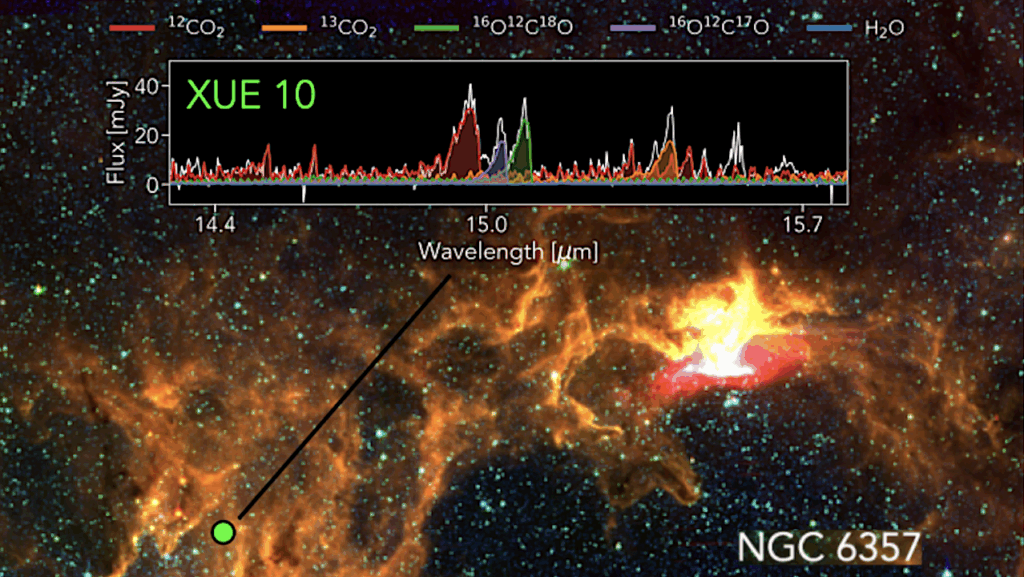Xeno Amino Acids: A Look Into Biochemistry As We Don’t Know It

Would Another Origin Of Life Resemble Earth’s Biochemical Use Of Amino Acids? Here we review current knowledge at three levels:
1) Could other classes of chemical structure serve as building blocks for biopolymer structure and catalysis? Amino acids now seem both readily available to, and a plausible chemical attractor for, life as we don’t know it. Amino acids thus remain important and tractable targets for astrobiological research.
2) If amino acids are used, would we expect the same L-alpha-structural subclass used by life? Despite numerous ideas, it is not clear why life favors L-enantiomers. It seems clearer, however, why life on Earth uses the shortest possible (alpha-) amino acid backbone, and why each carries only one side chain. However, assertions that other backbones are physicochemically impossible have relaxed into arguments that they are disadvantageous.
3) Would we expect a similar set of side chains to those within the genetic code? Not only do many plausible alternatives exist and evidence exists for both evolutionary advantage and physicochemical constraint for those encoded by life. Overall, as focus shifts from amino acids as a chemical class to specific side chains used by post-LUCA biology, the probable role of physicochemical constraint diminishes relative to that of biological evolution.
Exciting opportunities now present themselves for laboratory work and computing to explore how changing the amino acid alphabet alters the universe of protein folds. Near-term milestones include: a) expanding evidence about amino acids as attractors within chemical evolution; b) extending characterization of other backbones relative to biological proteins; c) merging computing and laboratory explorations of structures and functions unlocked by xeno peptides.
Sean M. Brown, Christopher Mayer-Bacon, Stephen Freeland
Comments: Submitted to Life (ISSN 2075-1729), 26 pages (without references), 8 figures, 1 table, 1 box
Subjects: Biomolecules (q-bio.BM); Populations and Evolution (q-bio.PE)
Cite as: arXiv:2310.15857 [q-bio.BM] (or arXiv:2310.15857v2 [q-bio.BM] for this version)
https://doi.org/10.48550/arXiv.2310.15857
Focus to learn more
Submission history
From: Sean Brown
[v1] Tue, 24 Oct 2023 14:15:55 UTC (2,888 KB)
[v2] Mon, 30 Oct 2023 14:39:08 UTC (2,992 KB)
https://arxiv.org/abs/2310.15857
Astrobiology, Astrochemistry,








